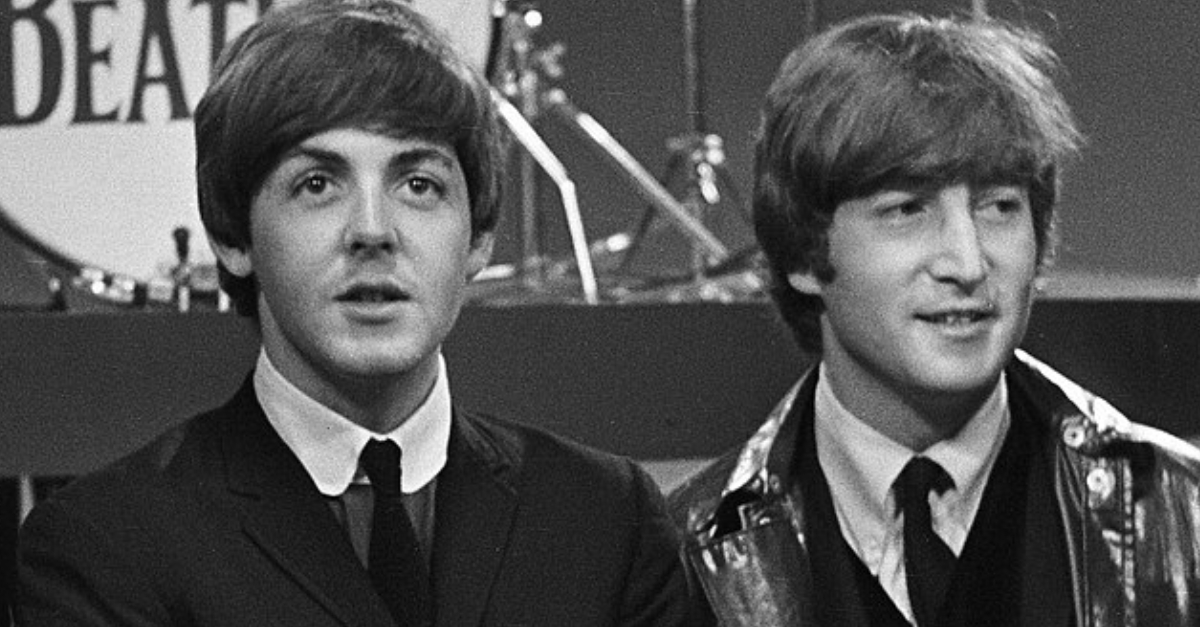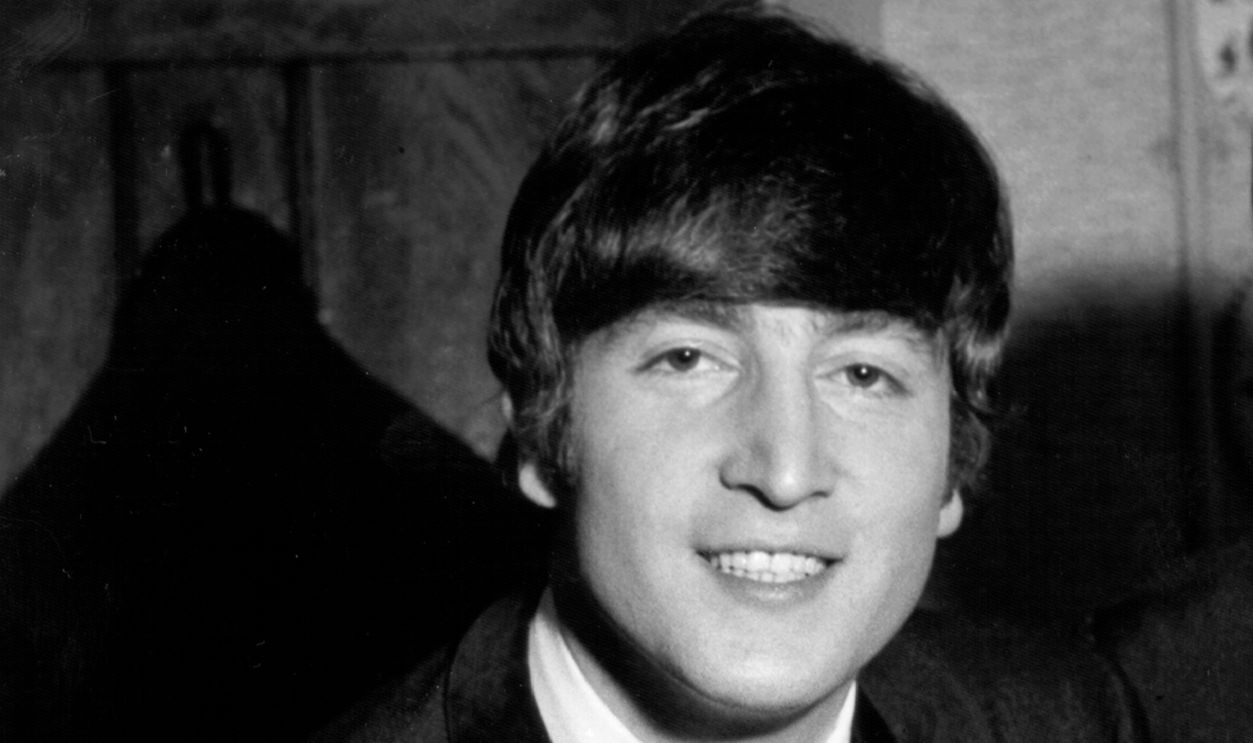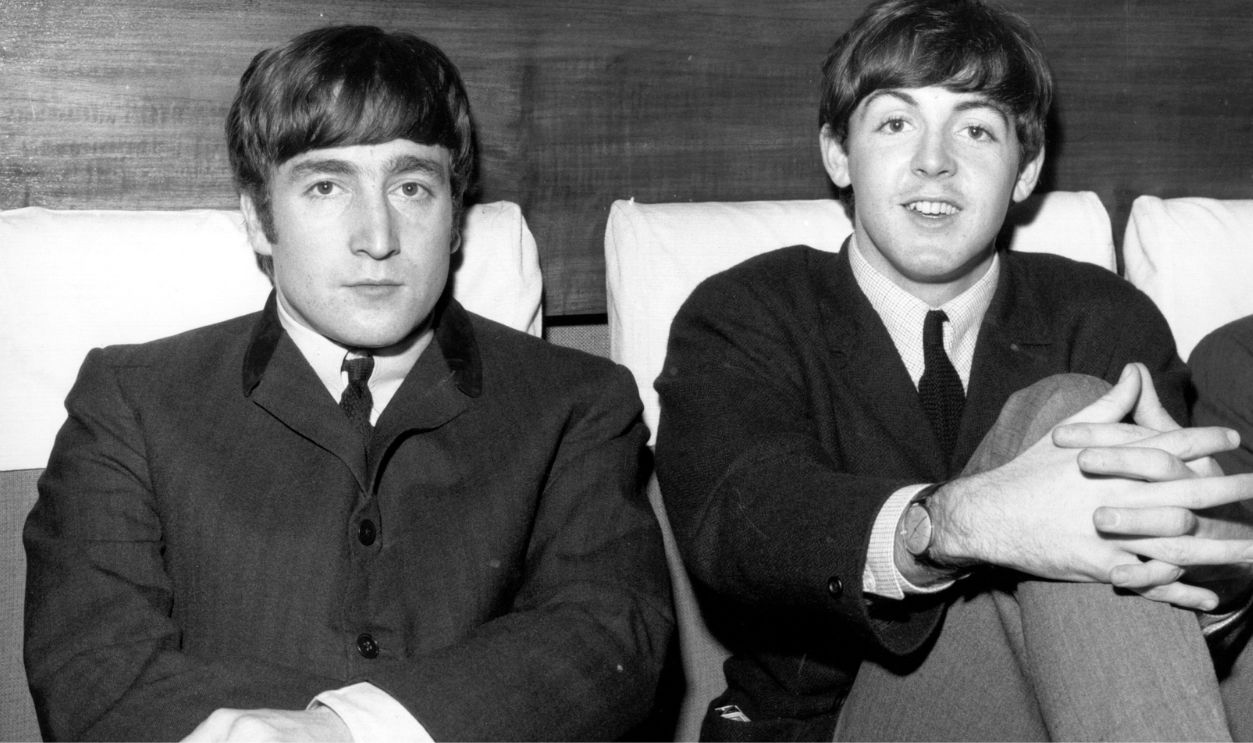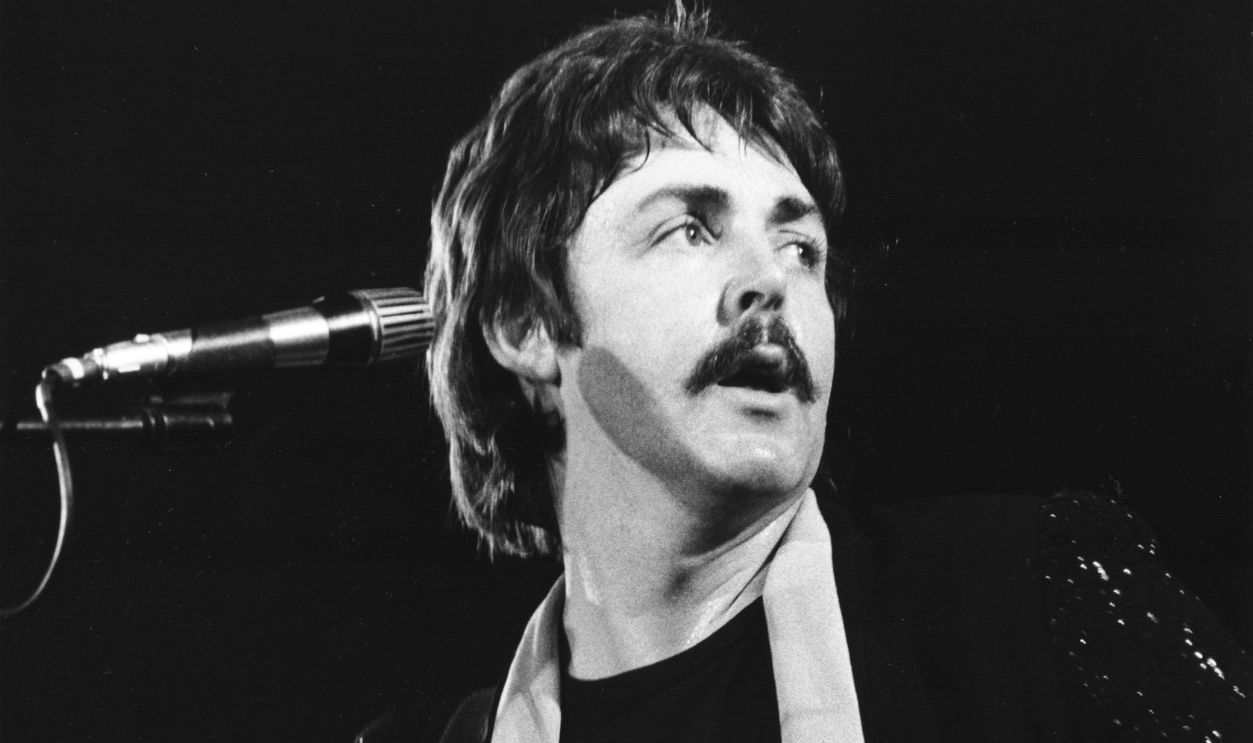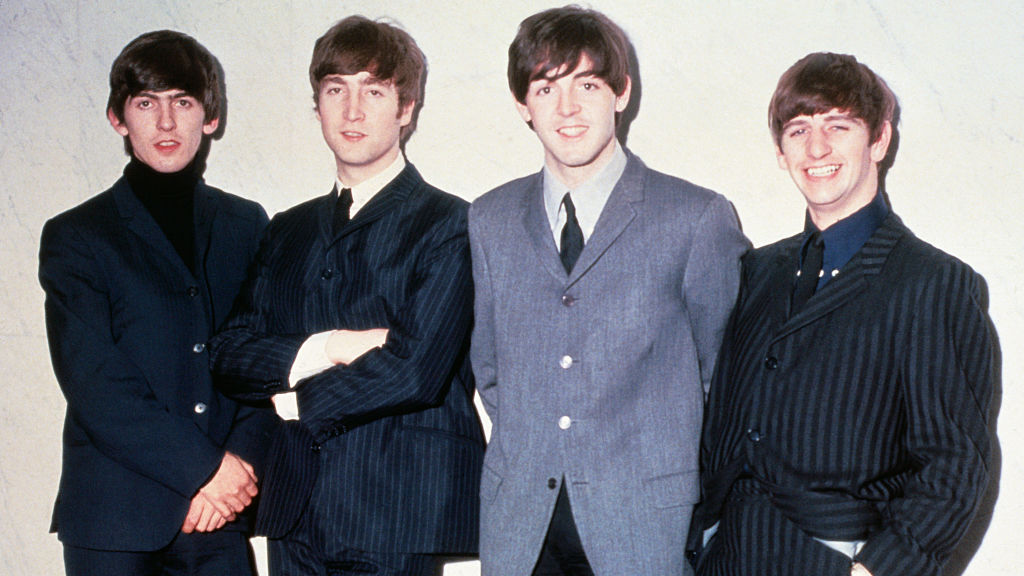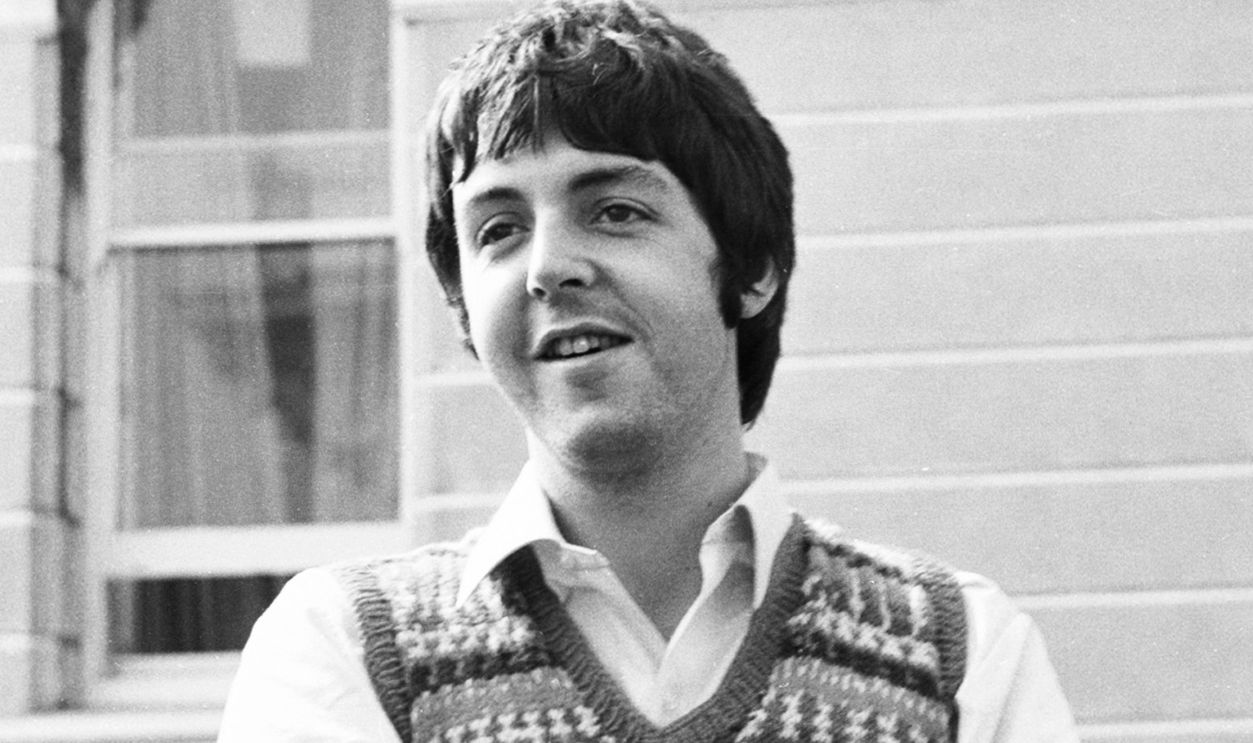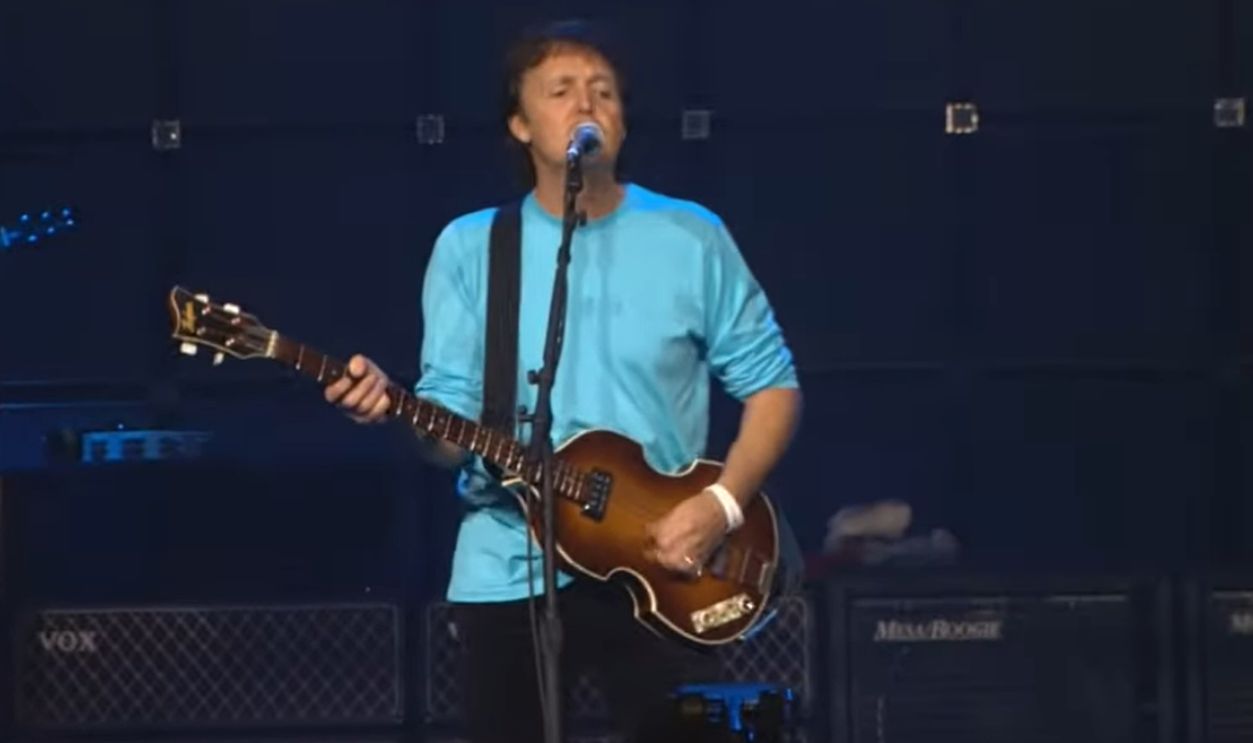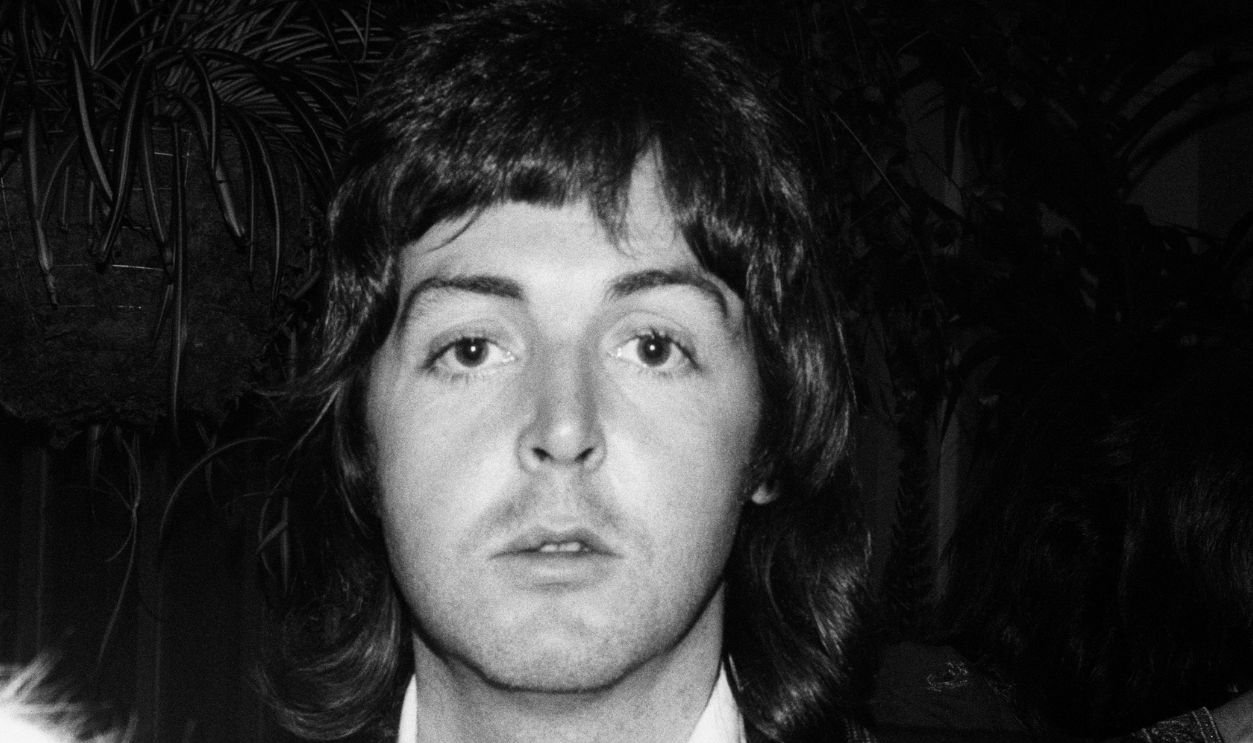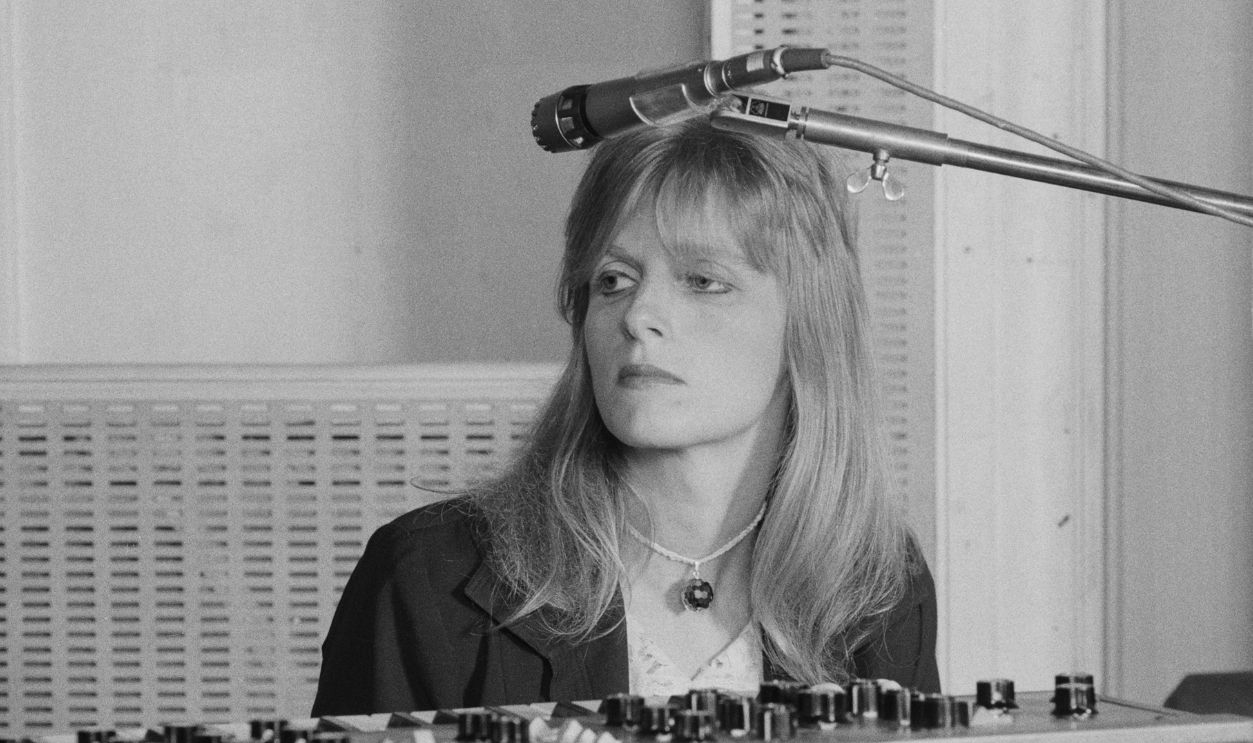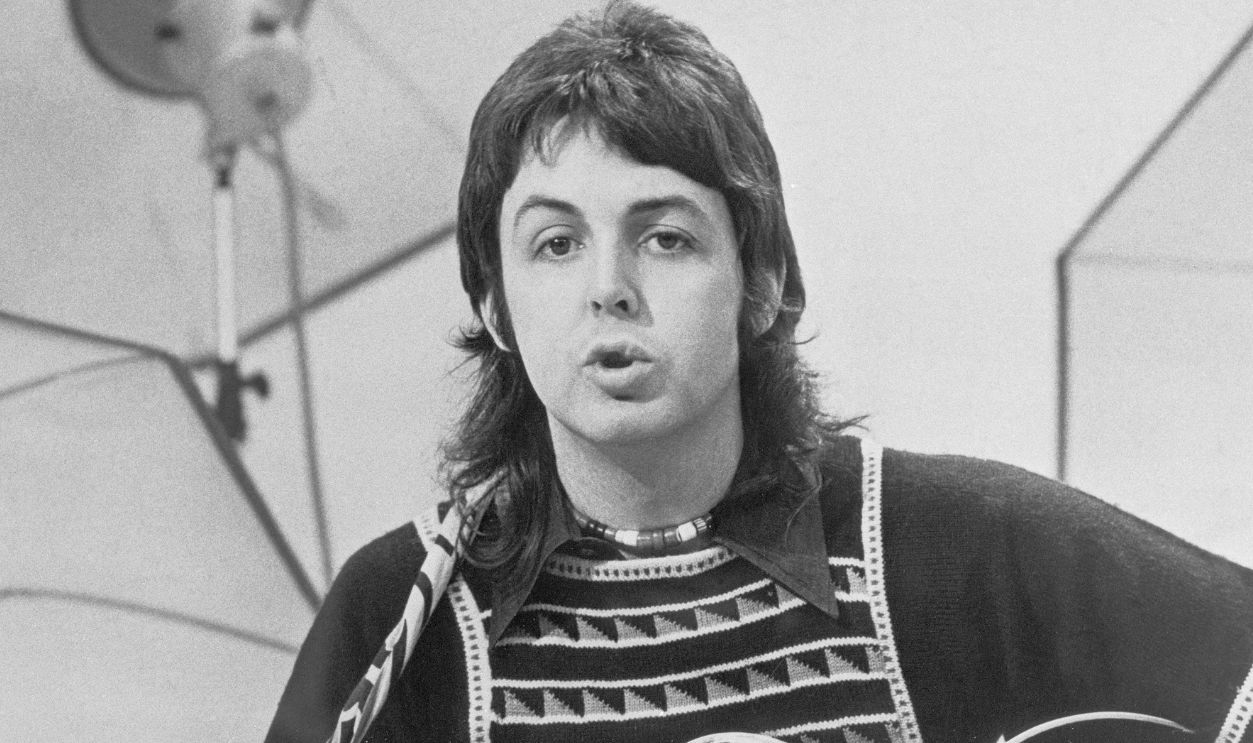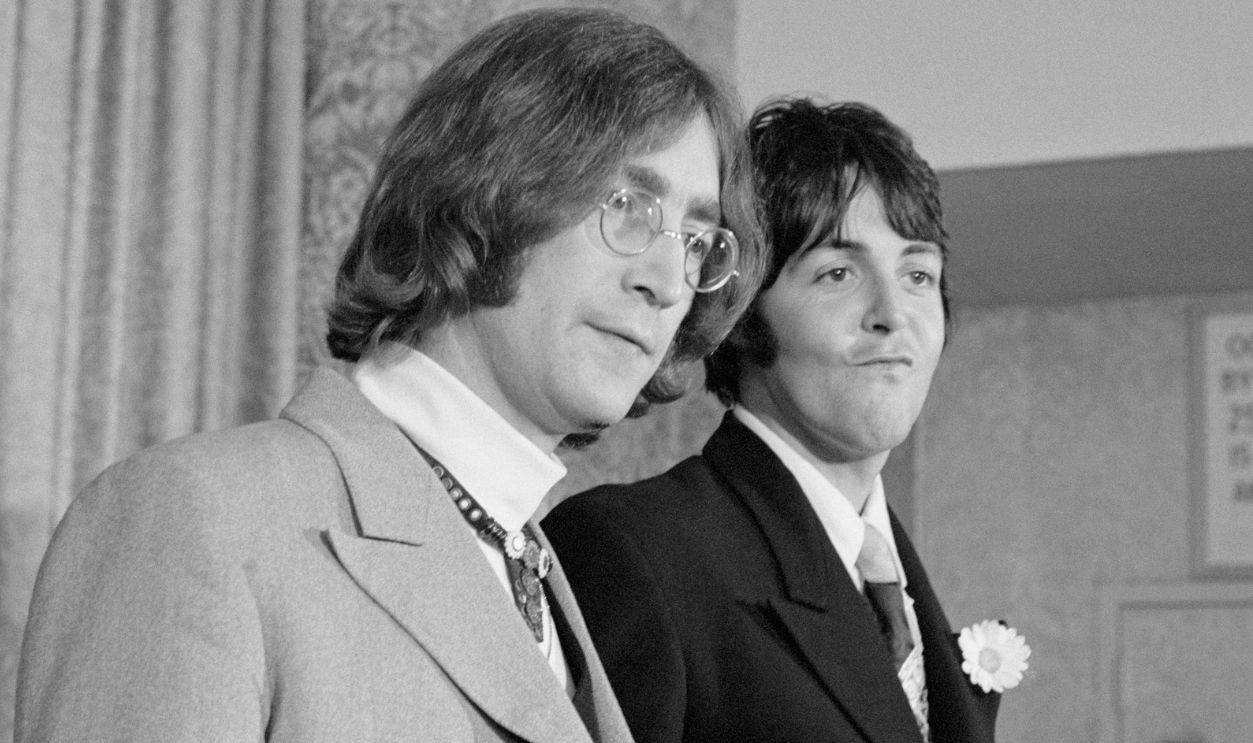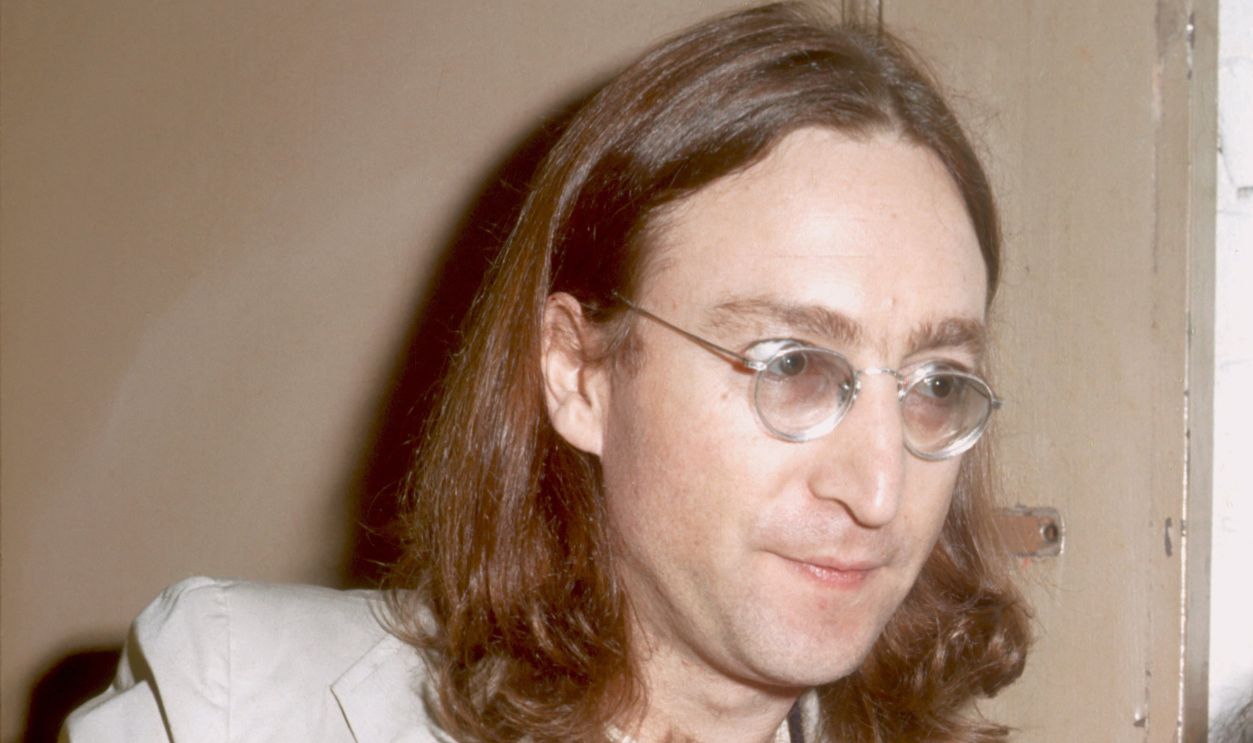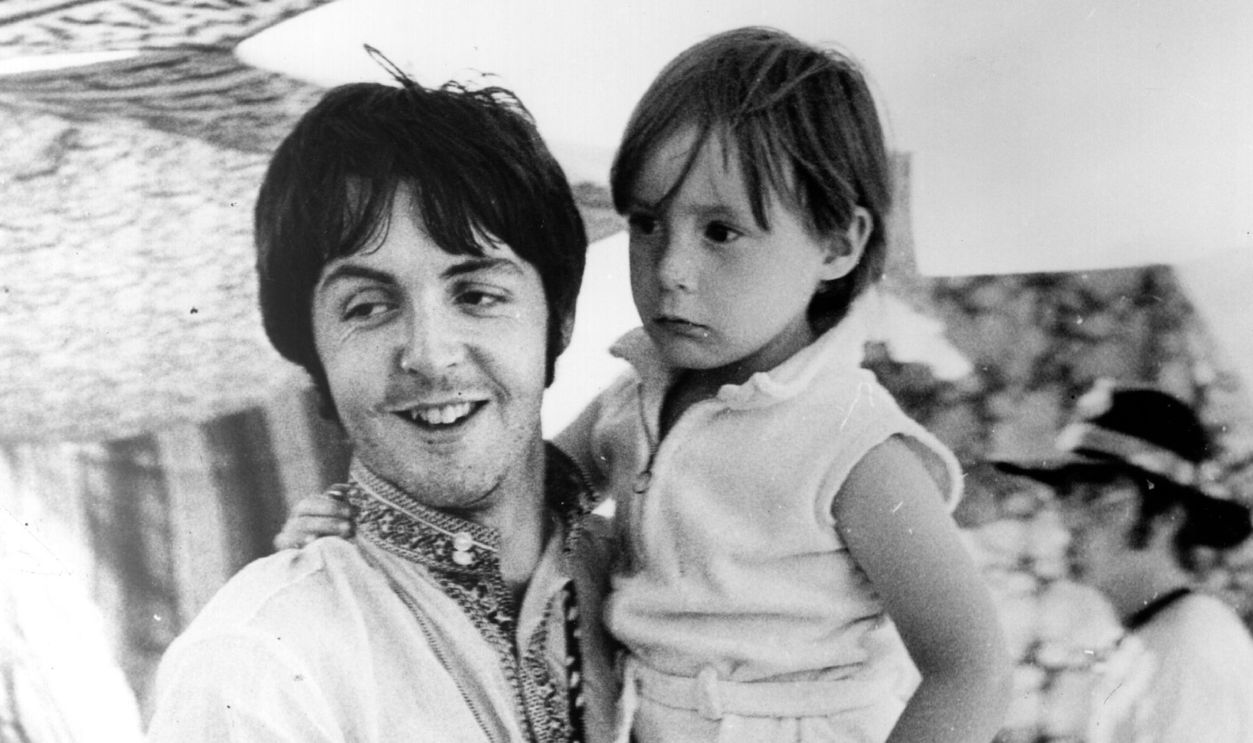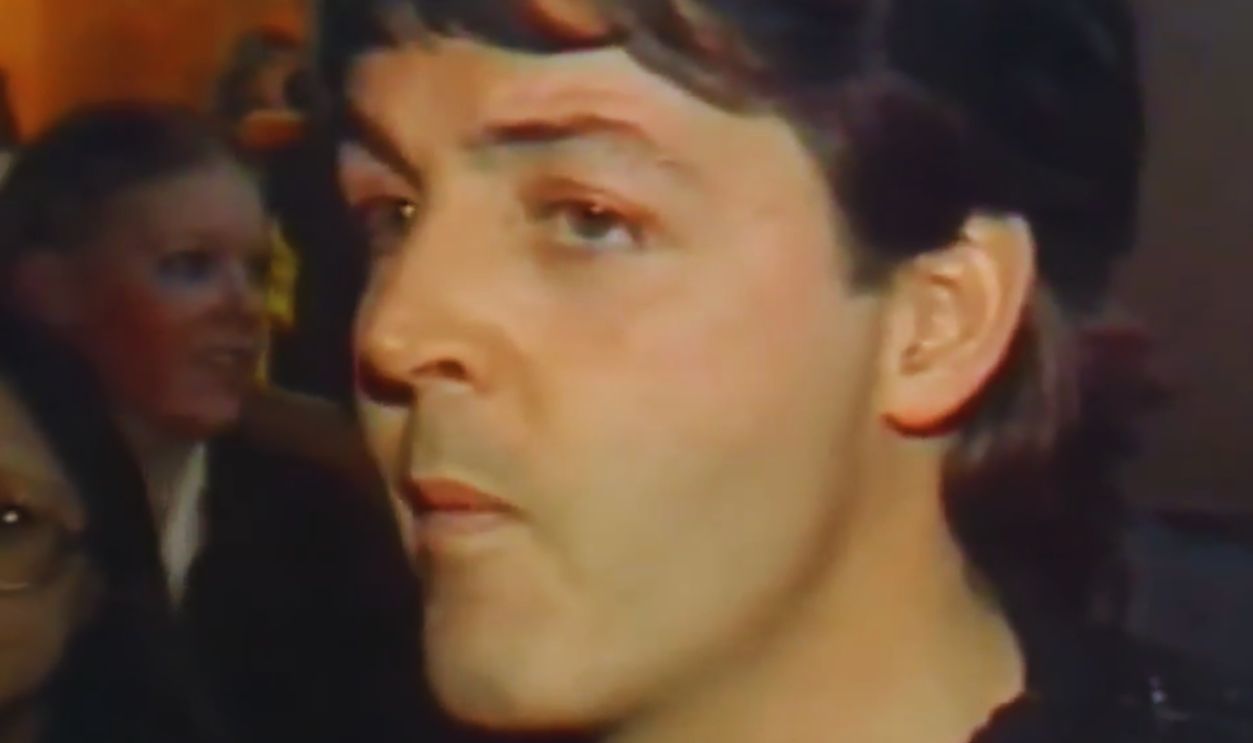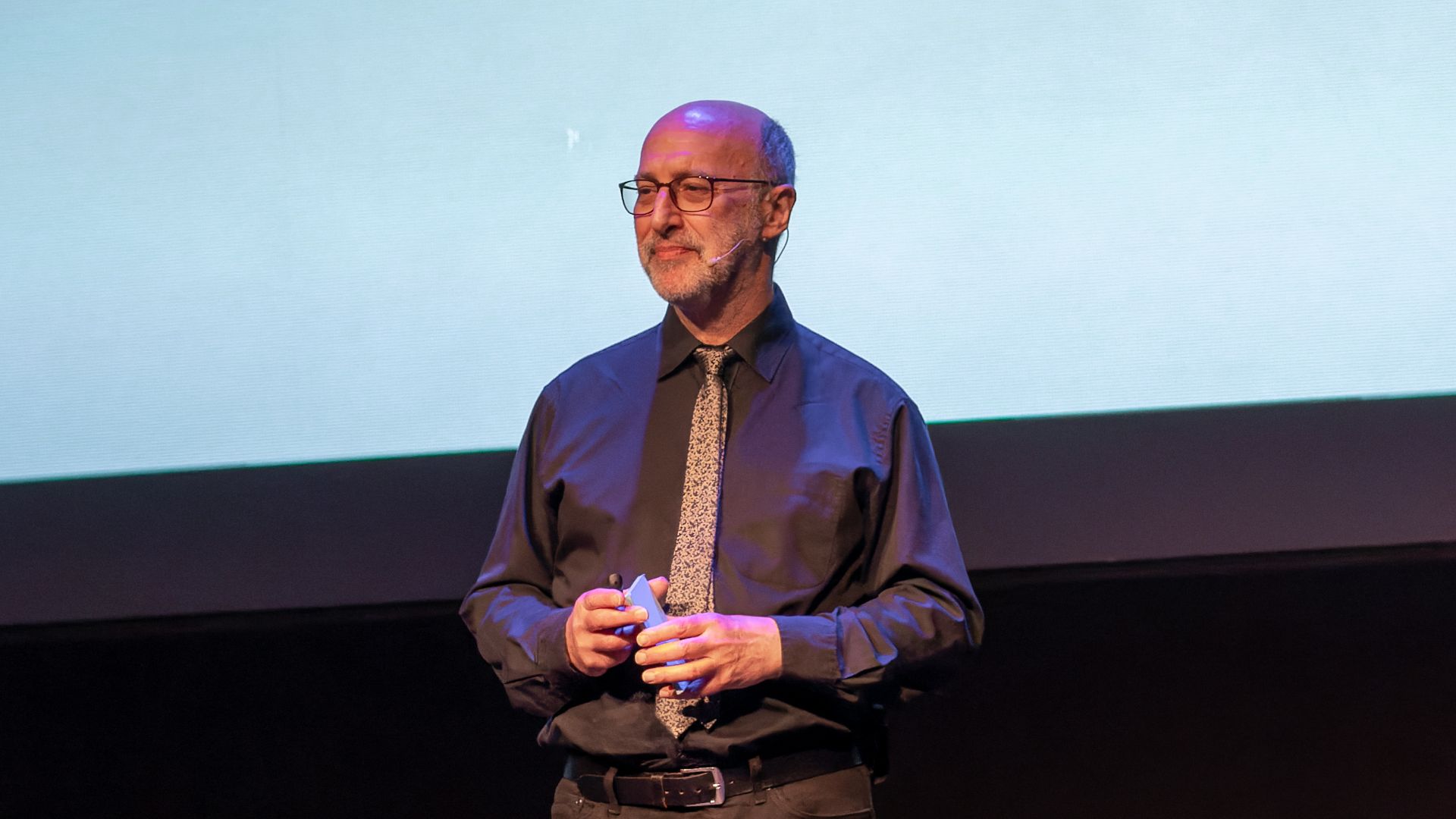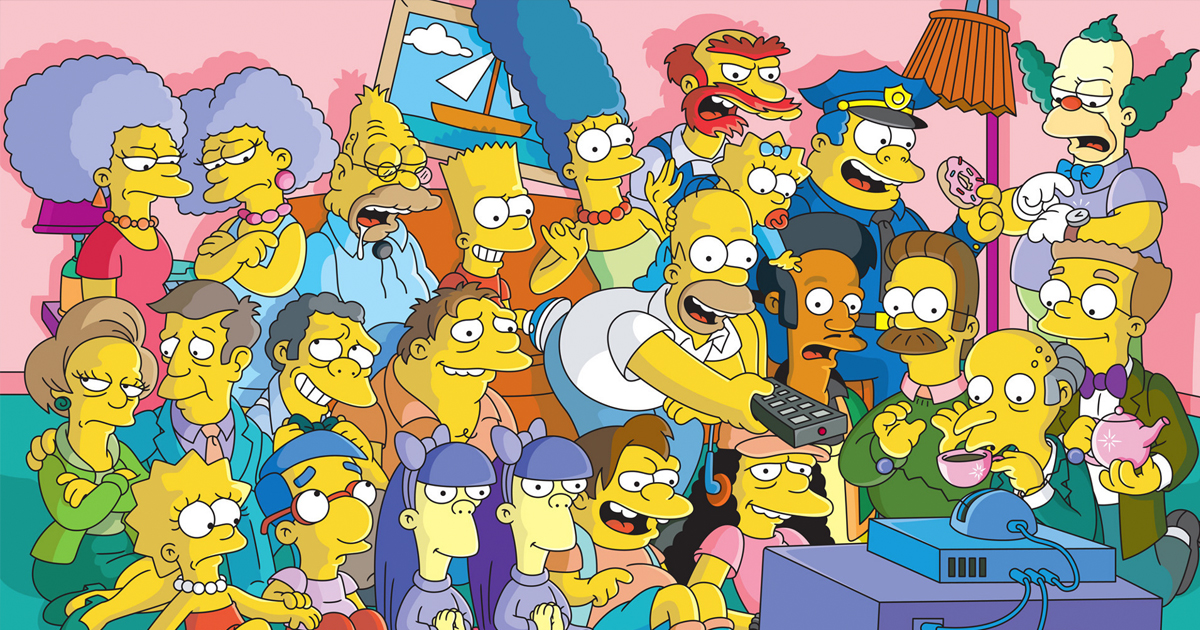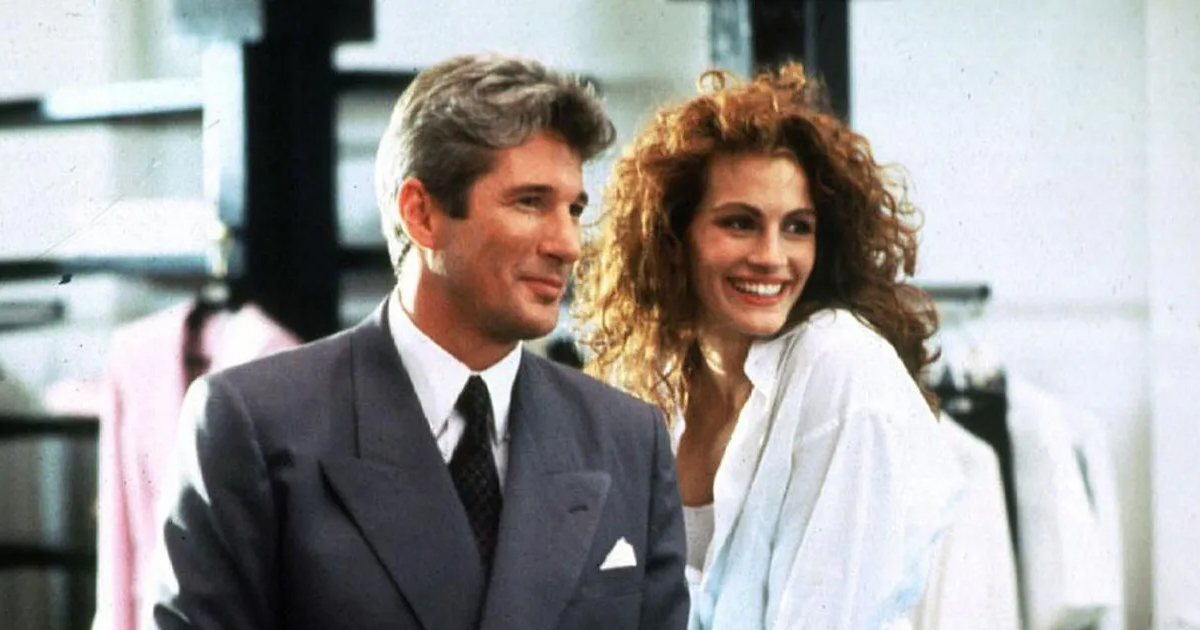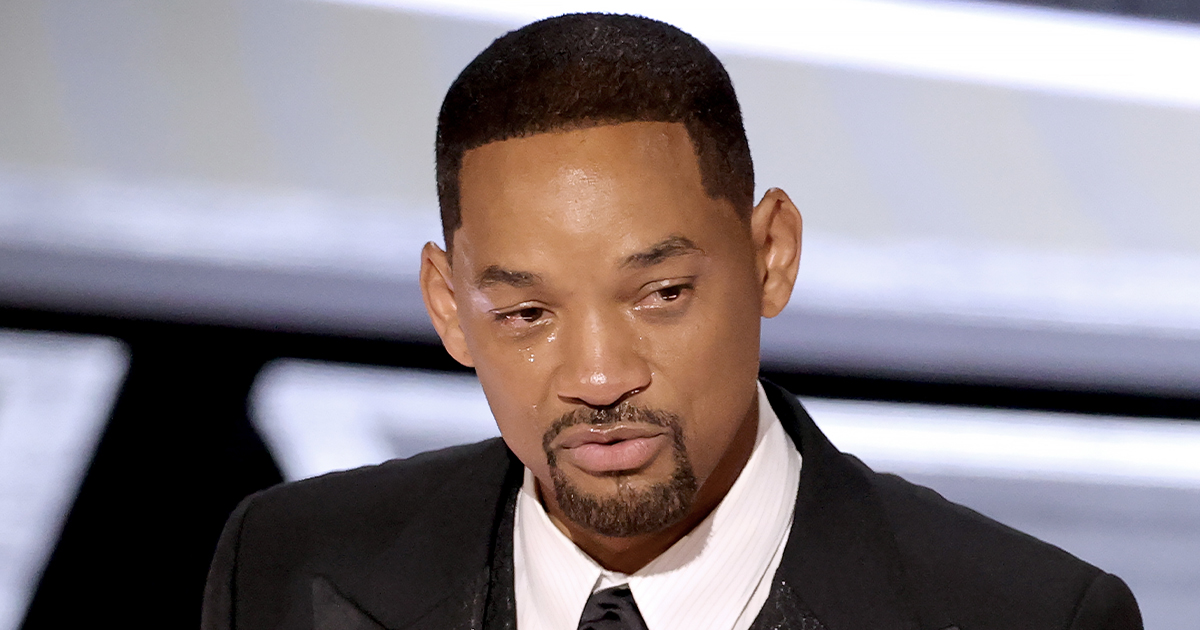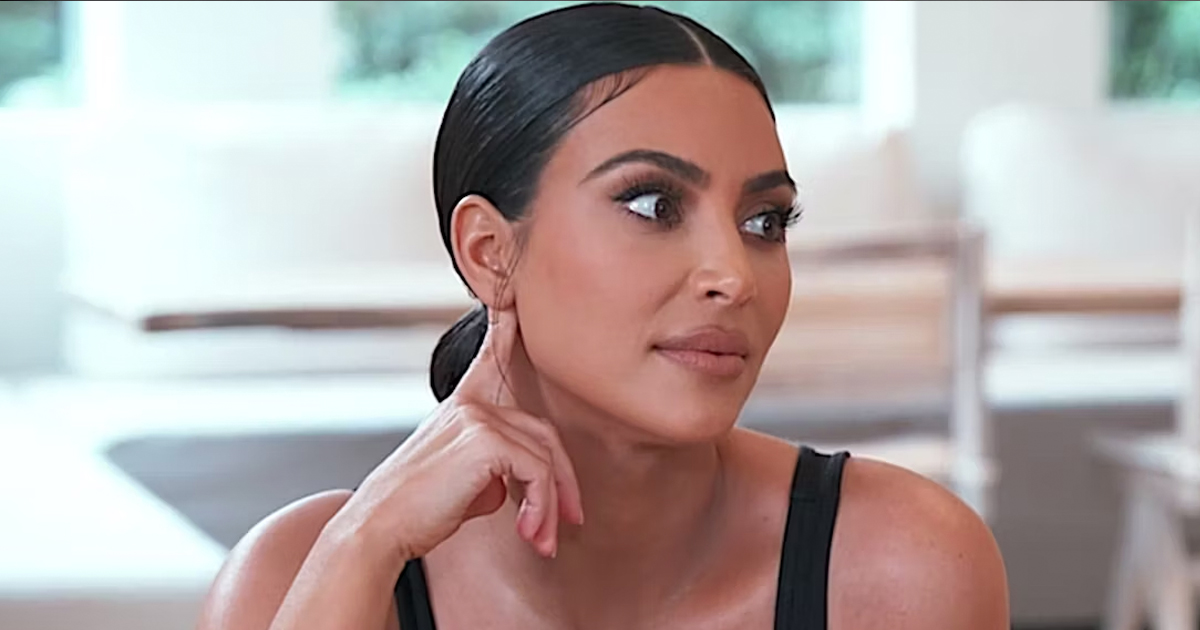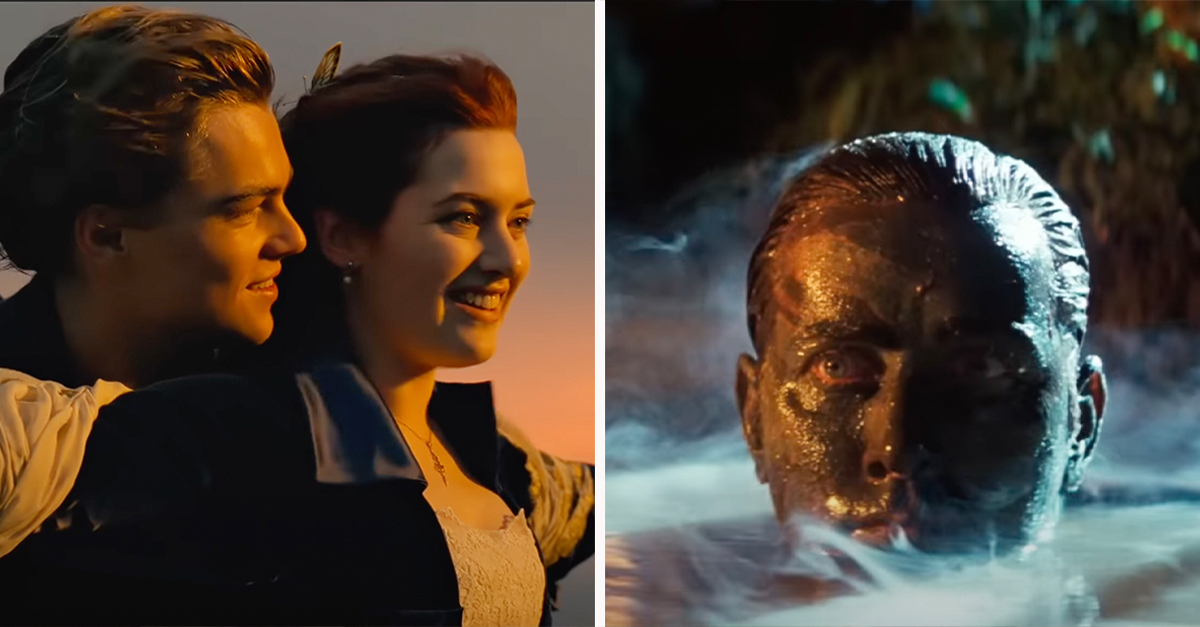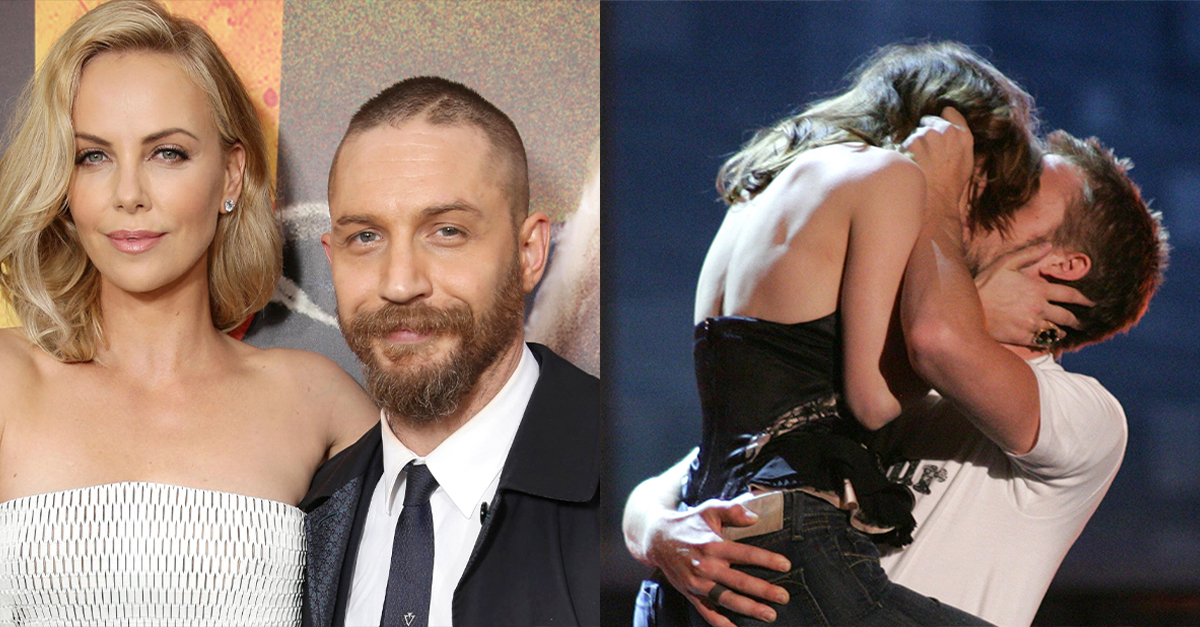Come Together, Fall Apart
They changed the sound of modern music—but when The Beatles fell apart, so did the friendship at its core. What followed were letters, interviews, and songs that exposed just how much pain—and pride—lingered between John Lennon and Paul McCartney.
The First Meeting
On July 6, 1957, at a church fete in Liverpool, 16-year-old John met 15-year-old Paul. Paul played Twenty Flight Rock flawlessly, and John immediately invited him to join his band, The Quarrymen. Lennon later said, “That was the day it all started.”
 United Press International, photographer unknown, Wikimedia Commons
United Press International, photographer unknown, Wikimedia Commons
A Partnership Takes Shape
By the early ’60s, they were inseparable—writing songs “eyeball to eyeball,” as Paul described it. Their melodies complemented each other’s instincts. “We were the best songwriting team in the world,” John said years later. But that perfect balance wouldn’t last forever.
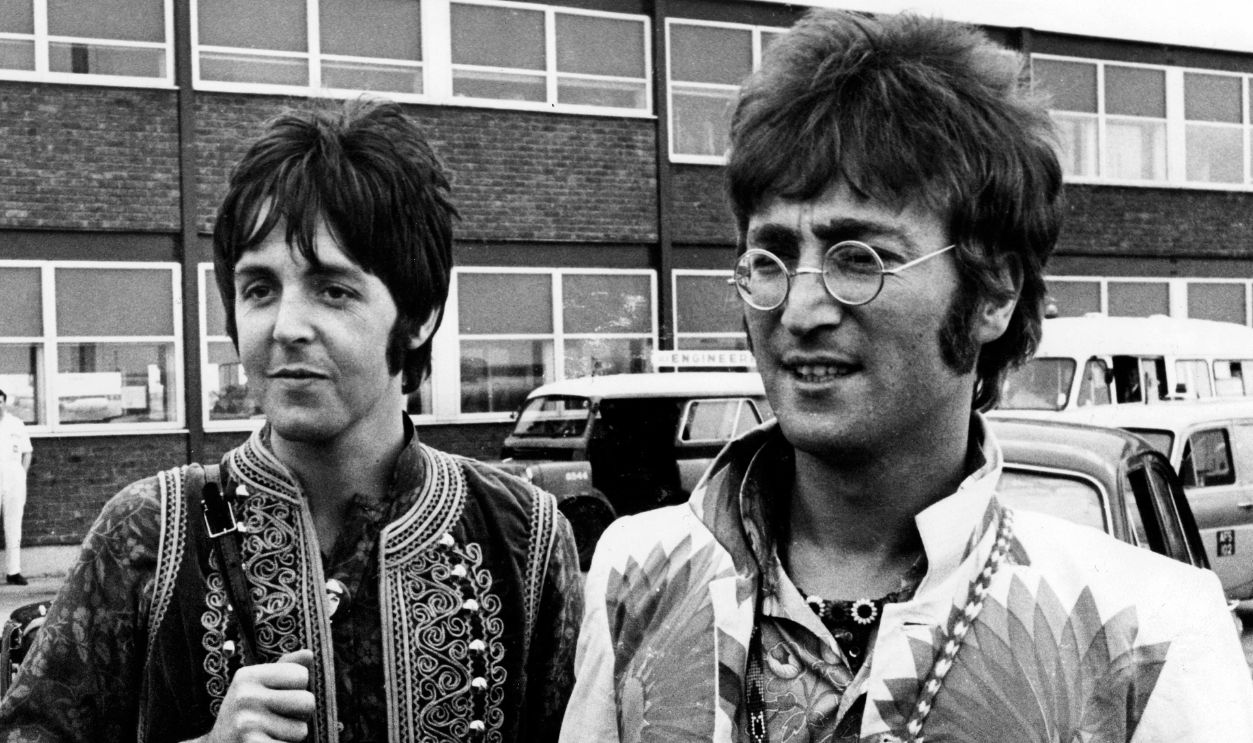 Cummings Archives, Getty Images
Cummings Archives, Getty Images
Early Creative Differences
Even at their peak, they disagreed. John preferred rough edges; Paul leaned toward structure. “We were pulling in different directions,” Paul recalled. By 1967, Lennon was experimenting with avant-garde ideas, while McCartney focused on polished pop.
Losing Their Anchor—Brian Epstein
When manager Brian Epstein died in 1967, Lennon called it “the beginning of the end.” Epstein had balanced their personalities. Without him, business decisions—especially about Apple Corps—turned chaotic and deeply personal.
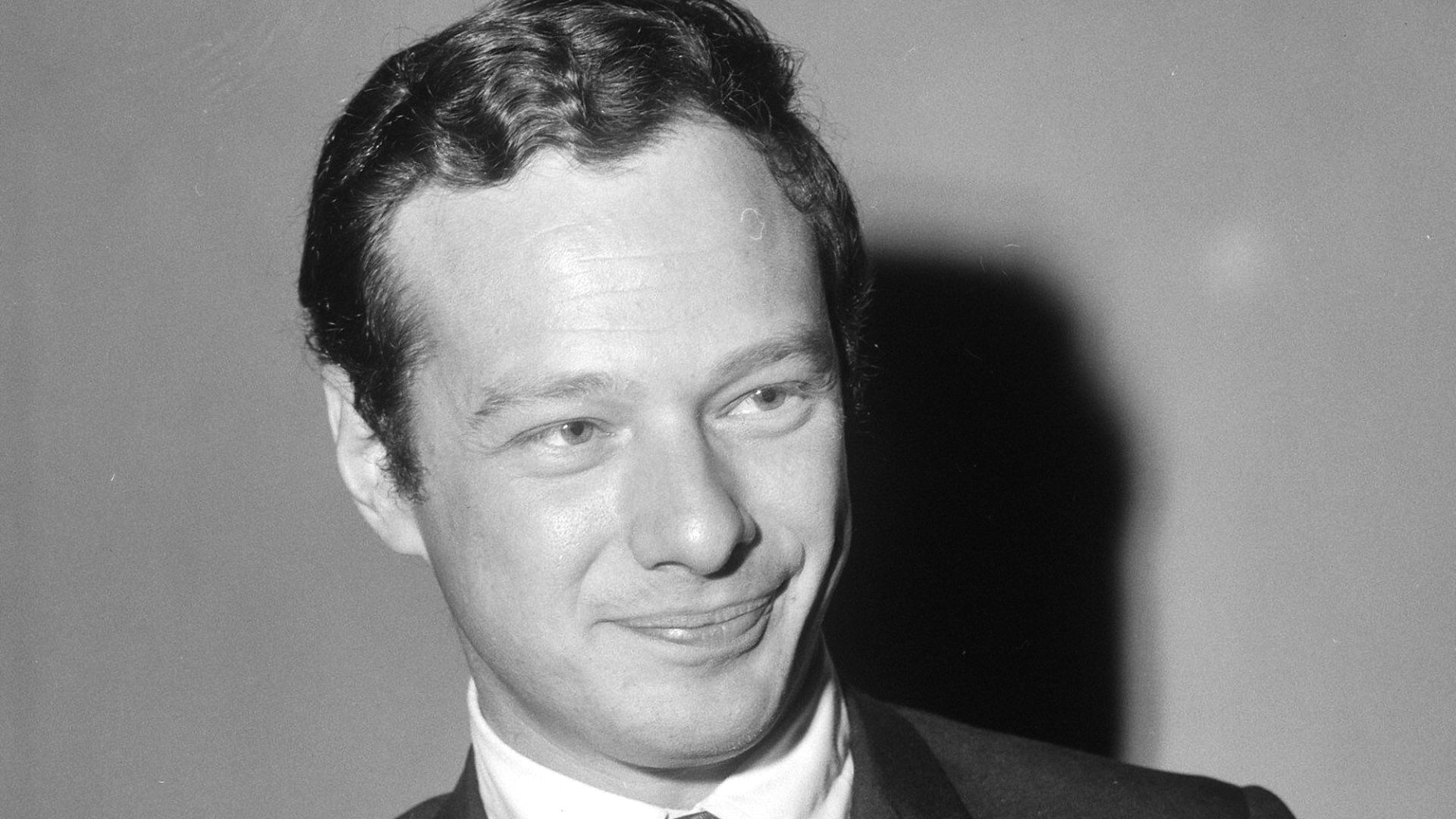 Joop van Bilsen for Anefo, Wikimedia Commons
Joop van Bilsen for Anefo, Wikimedia Commons
Money, Management, and Distrust
Paul wanted Linda McCartney’s father, Lee Eastman, to manage the band. John pushed for Allen Klein. “Paul’s family wanted control,” Lennon wrote in a later letter. Klein briefly won, but the fight left everyone angry and suspicious.
The Abbey Road Tension
During Abbey Road sessions in 1969, Paul tried to hold things together while John had already emotionally checked out. “The Beatles were done,” Lennon told Yoko Ono. “But nobody wanted to say it first.”
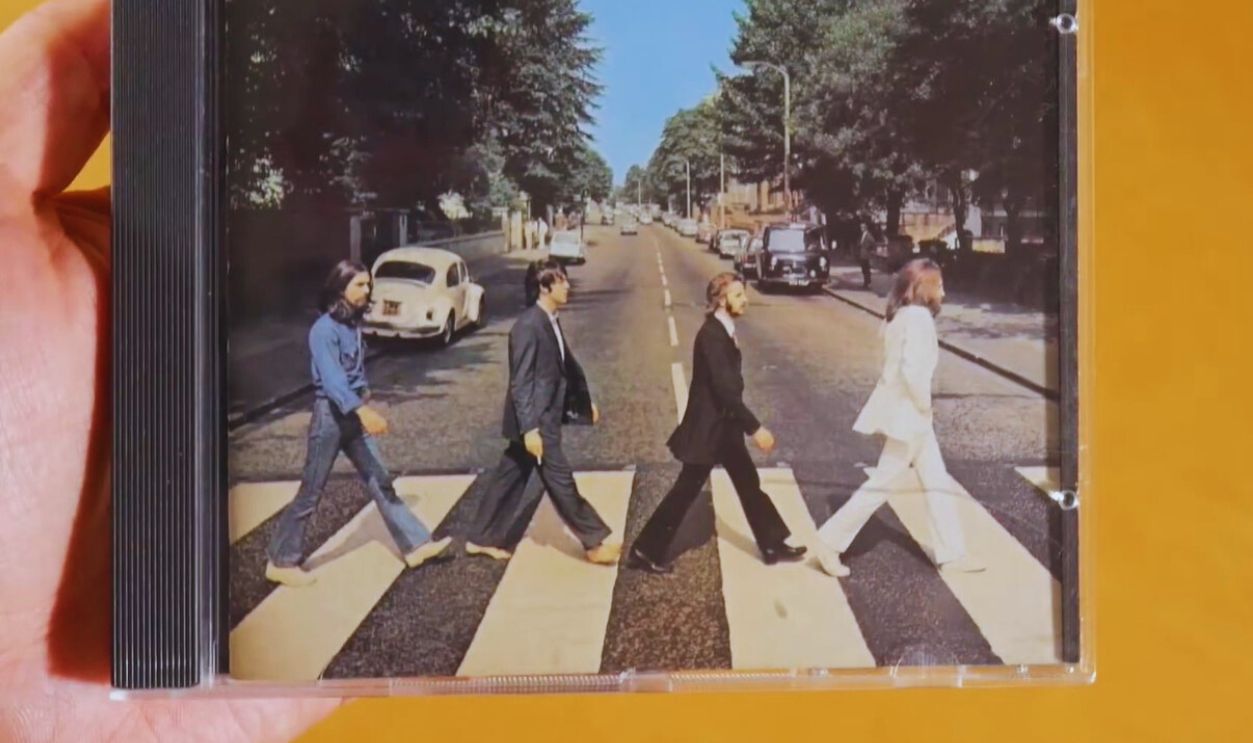 The Beatles - Abbey Road CD Unboxing by Unbox Kings International
The Beatles - Abbey Road CD Unboxing by Unbox Kings International
Paul’s Press Release Ends It All
In April 1970, McCartney’s press release for his debut solo album confirmed what fans feared: The Beatles were over. The others hadn’t been told in advance. “He used the breakup to sell his record,” Lennon later said.
Lennon’s Public Outburst
That December, Lennon vented to Rolling Stone: “I started the band. I disbanded it. Simple as that.” He accused Paul of treating The Beatles like “his backing group.” For fans, the breakup now had a villain—depending on who they believed.
Paul’s Early Letters—Defensive but Calm
Paul’s private letters to John after the split were civil but firm. He wrote that he “had to protect his work” and that “it wasn’t about ownership, it was about fairness.” Lennon took those words as self-justification, not peacekeeping.
John’s Response—Cold and Cutting
In one typed reply, Lennon snapped: “If you’re not the aggressor, who the hell are you?” He accused Paul of hypocrisy and said his attempts at reconciliation “reeked of self-interest.” The tone was venomous—and deeply personal.
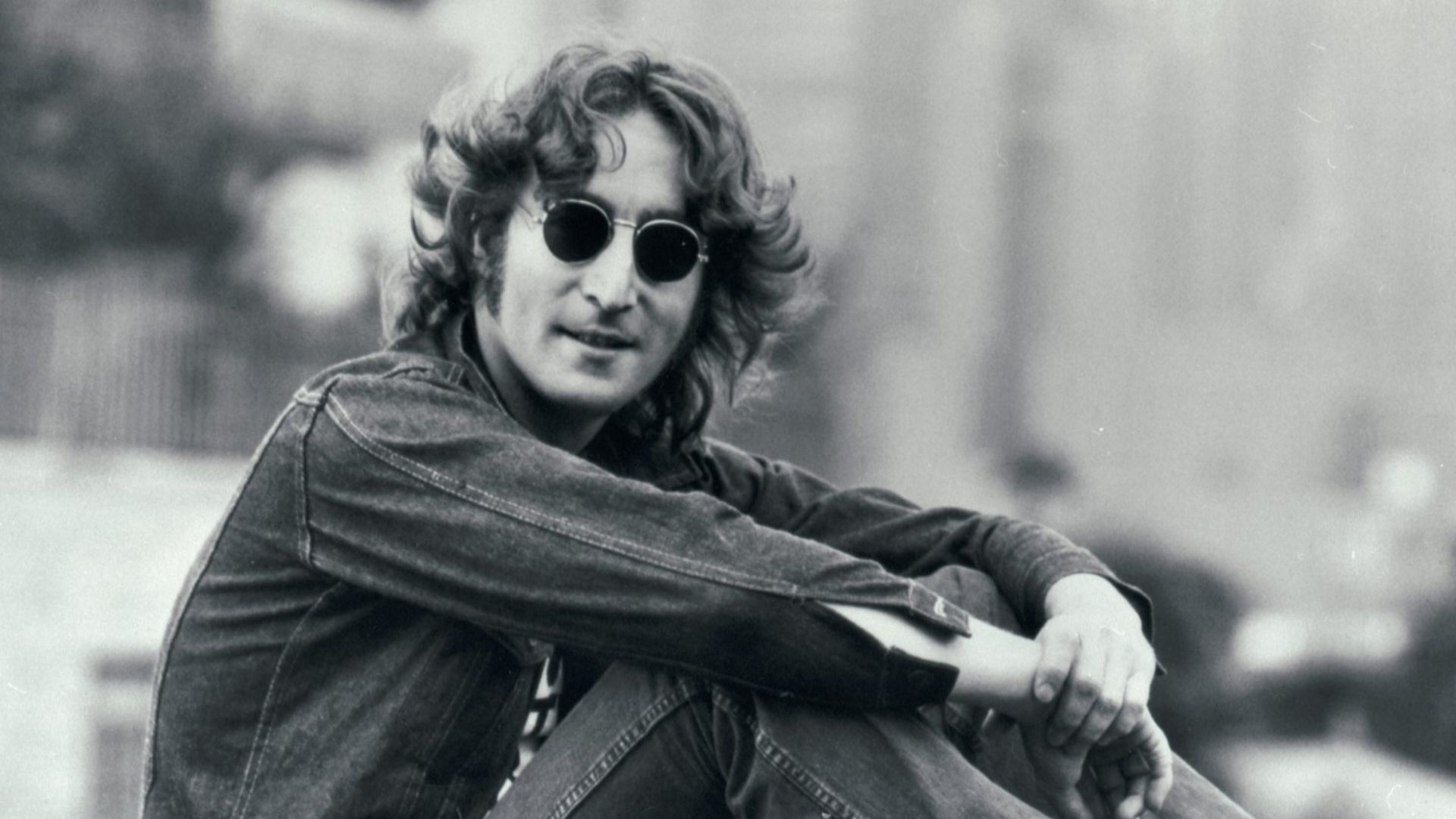 Bob Gruen; Distributed by Capitol Records, Wikimedia Commons
Bob Gruen; Distributed by Capitol Records, Wikimedia Commons
Paul’s Retaliation in Song: “Too Many People”
Paul’s 1971 track Too Many People included the line “Too many people preaching practices.” Lennon caught it instantly. “He’s talking about me,” he told Rolling Stone. That single lyric reignited a feud that was already burning.
Lennon’s Counterattack: “How Do You Sleep?”
Lennon’s answer came on Imagine. “The only thing you done was ‘Yesterday,’” he sang on How Do You Sleep?—a direct jab at Paul. Even George Harrison played on the track. Paul later admitted the insult “hurt like hell.”
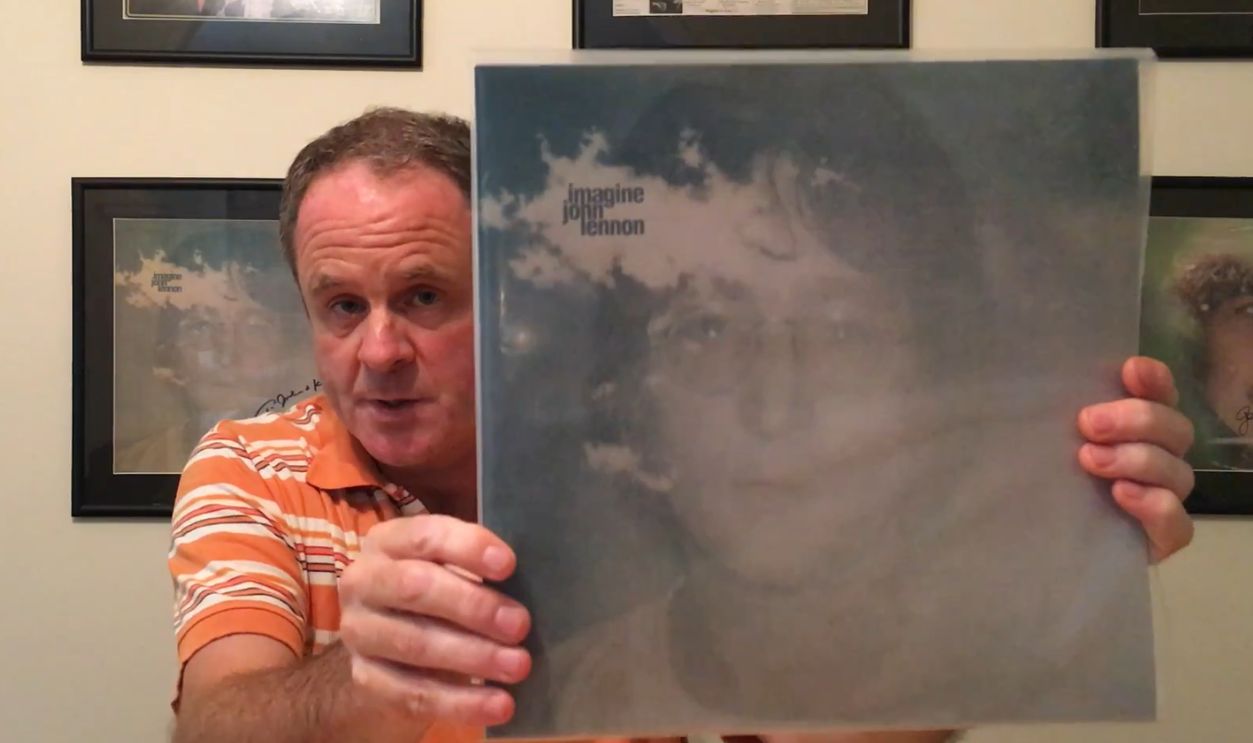 John Lennon Imagine Album Review, John Heaton
John Lennon Imagine Album Review, John Heaton
The Melody Maker Letters
In 1971, Paul wrote to Melody Maker asking John to stop attacking him in interviews. John’s published reply was dripping with sarcasm: “You and your bloody lawyer!” Their feud was now playing out for millions to read.
Tone Shifts in Private Correspondence
By late 1971, Lennon’s letters grew more conflicted. He accused Paul of “playing the victim” but also admitted missing him. Paul’s replies were measured, often using humor to diffuse tension. They were trying—but cautiously.
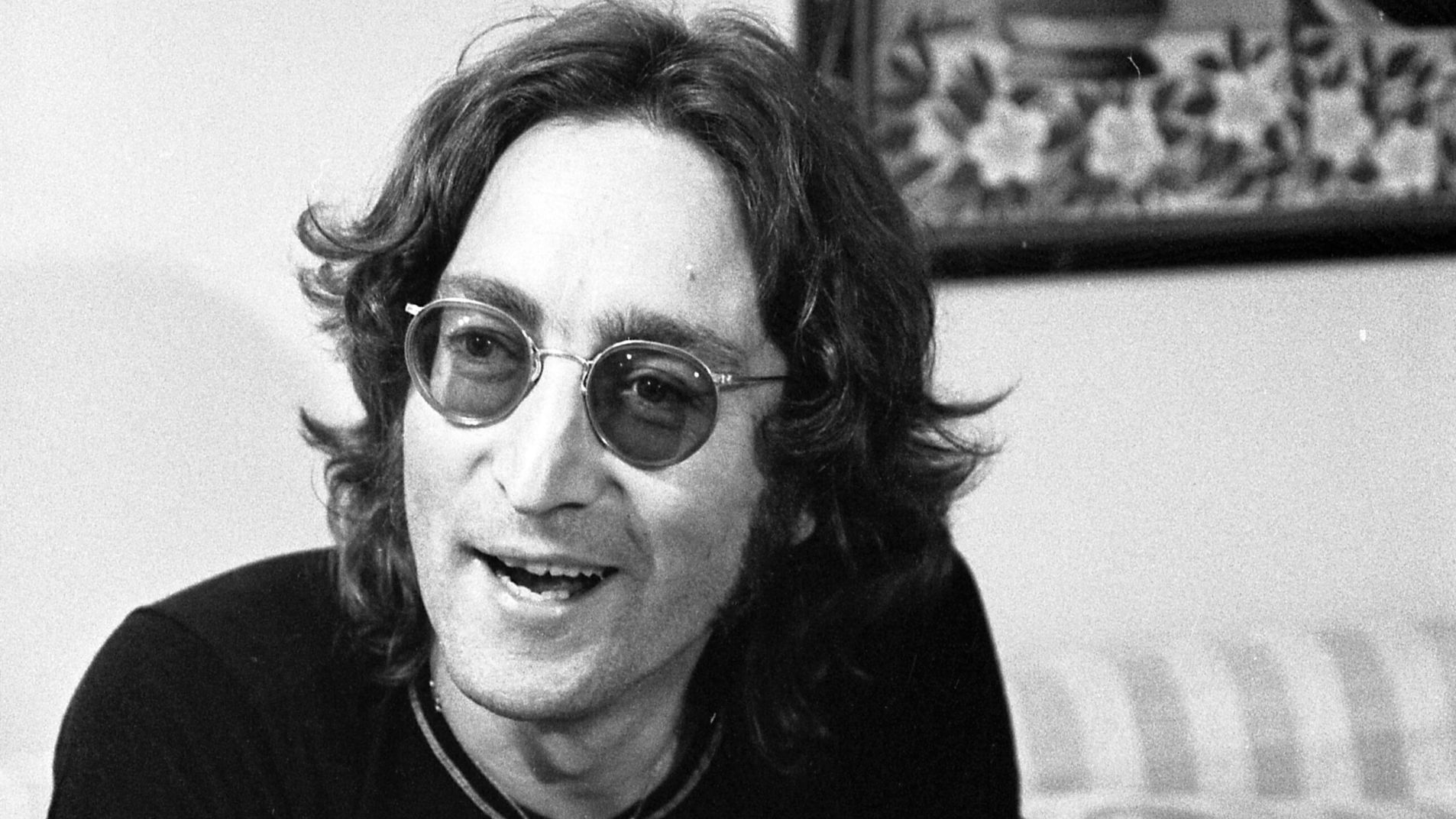 Tony Barnard, Los Angeles Times, Wikimedia Commons
Tony Barnard, Los Angeles Times, Wikimedia Commons
Linda and Yoko Enter the Exchange
Some letters included comments from Linda McCartney or Yoko Ono, defending their husbands. John accused Linda of “stirring things up,” while she told him he was “rewriting history.” The feud had officially become a family affair.
Paul’s Desire to Reconnect
In 1973, Paul wrote to John hoping things would “cool down eventually.” John didn’t respond for months. When he finally did, it was short but civil—proof the bitterness was beginning to fade, even if trust hadn’t returned.
The 1974 Los Angeles Reunion
John and Paul met again during Lennon’s “Lost Weekend” in Los Angeles. They jammed with Stevie Wonder and Harry Nilsson, joking between takes. Nilsson said, “It felt like brothers messing around again.” For one night, old wounds disappeared.
Lennon’s Letters Grow Warmer
By 1975, John’s correspondence showed new warmth. He wrote to a friend, “We’re okay now. I still love him.” Paul noticed the shift too and later said, “He’d mellowed out. We both had.”
The Final Years of Contact
Paul visited John occasionally in New York in the late ’70s. “We were good again,” Paul said. “He’d bake bread, we’d talk about kids.” Lennon confirmed it on BBC Radio: “There’s no bad blood now. We’re just different.”
Lennon’s Last Words About Paul
In his 1980 Playboy interview, John said, “Paul’s my brother. I love him.” He also praised Coming Up, calling it “a great track.” After a decade of conflict, Lennon finally sounded content.
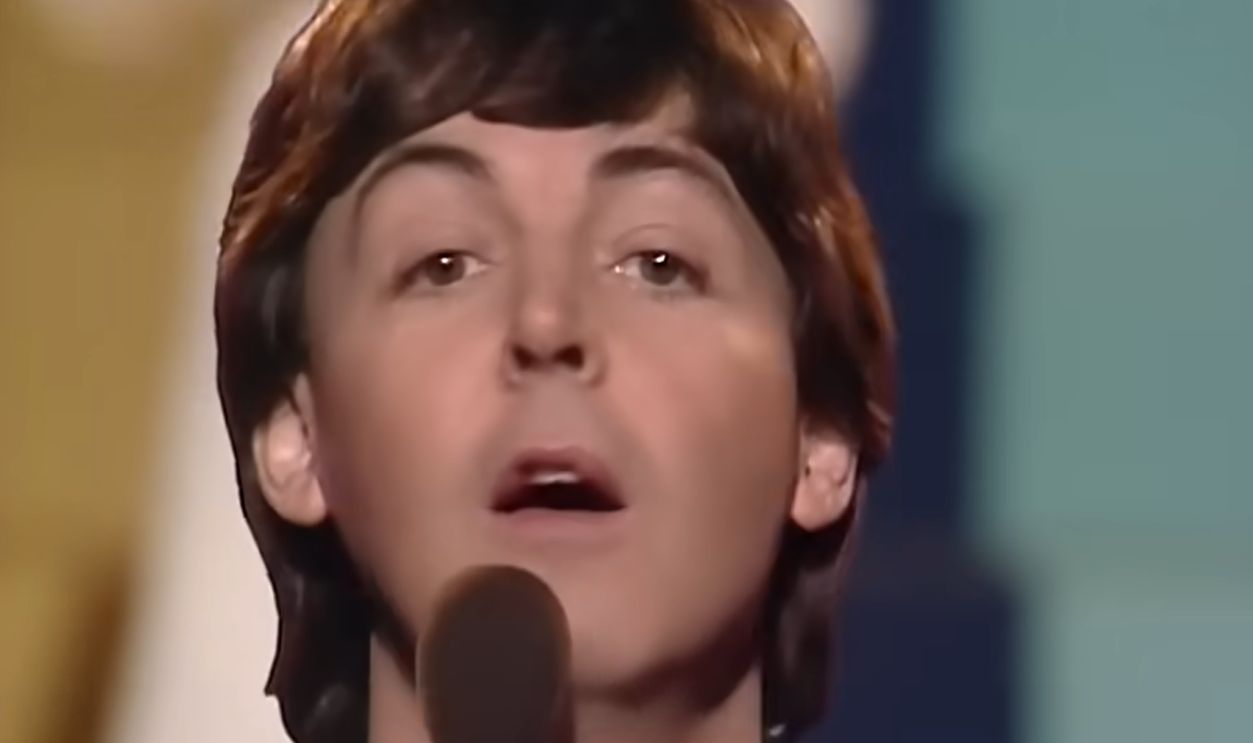 Paul McCartney - Coming Up (Official Music Video), PAUL McCARTNEY
Paul McCartney - Coming Up (Official Music Video), PAUL McCARTNEY
John’s Death Halts the Reconciliation
When Lennon was murdered in December 1980, Paul was devastated. His quick “It’s a drag” comment was widely criticized, but friends said he was in shock. “He couldn’t talk about it without tearing up,” recalled Linda McCartney.
Paul’s Tribute: “Here Today”
Two years later, Paul released Here Today—a musical letter to John. “If I said I really knew you well, what would your answer be?” he sang. He later said, “I couldn’t say it to his face, so I said it in a song.”
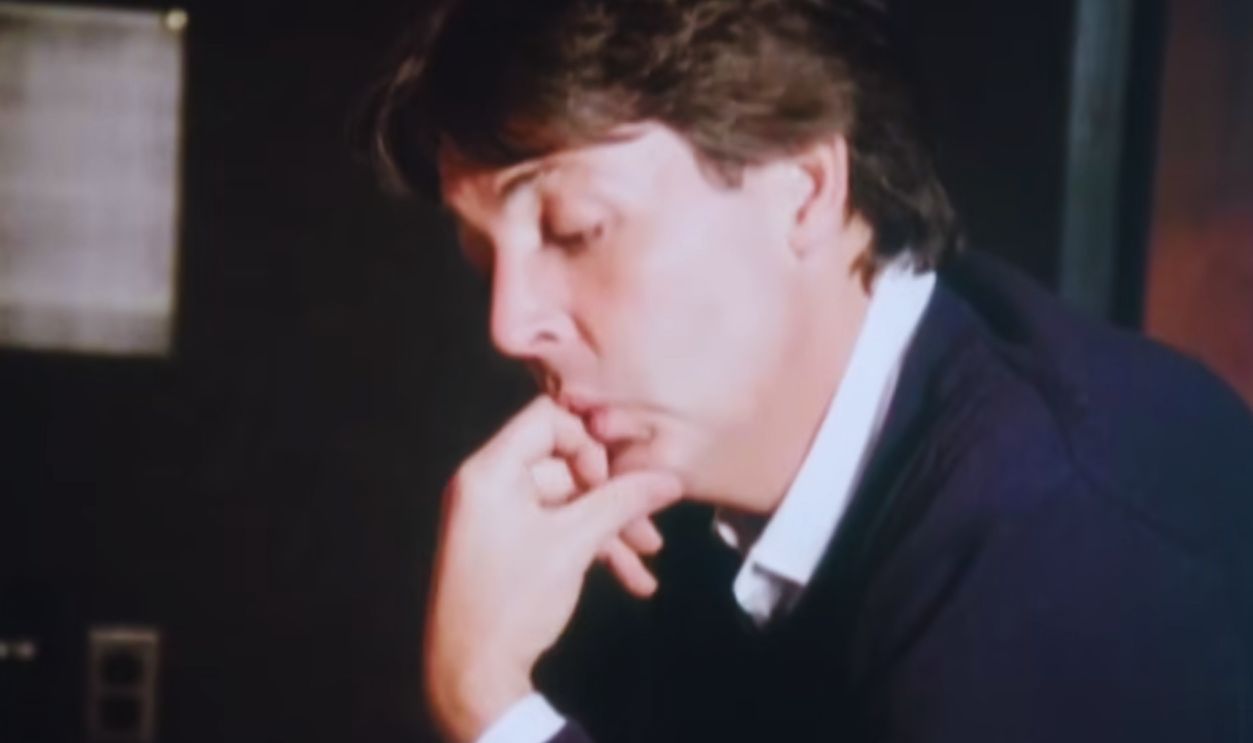 Paul McCartney - Here Today (Music Video), Kitsu Beatles
Paul McCartney - Here Today (Music Video), Kitsu Beatles
The Letters Resurface
When The Lennon Letters were published in 2012, fans finally saw the full exchange—anger, sarcasm, jokes, and affection. The letters showed that even at their lowest, Lennon and McCartney never fully stopped caring.
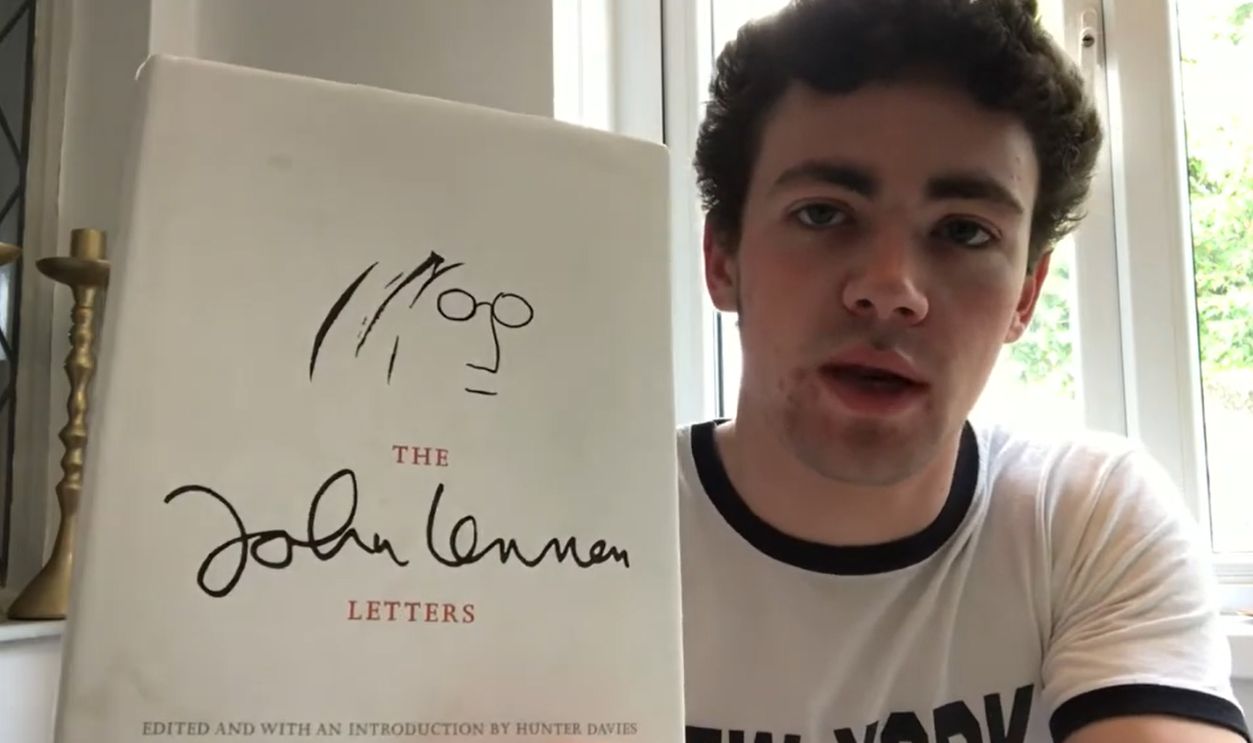 The John Lennon Letters Book, Sam Lott Music
The John Lennon Letters Book, Sam Lott Music
Historians Reassess the Rift
Modern biographers like Mark Lewisohn and Hunter Davies note the feud was shorter than fans think. “By 1975, they were fine,” Davies said. “It wasn’t hatred—it was frustration, ego, and hurt pride.”
The Legacy of the Letters
The letters are more than rock history—they’re emotional evidence of a fractured friendship. Between sarcasm and sincerity, they reveal two people bound by love, resentment, and the weight of everything they created together.
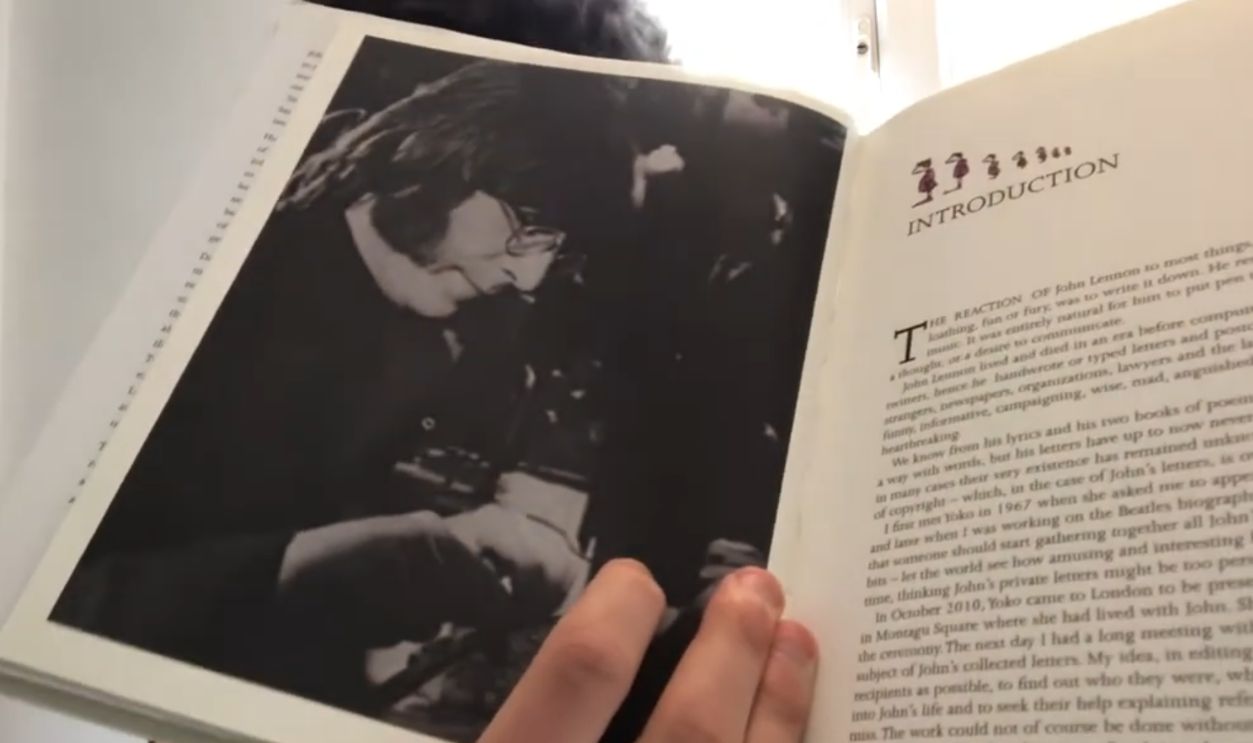 The John Lennon Letters Book, Sam Lott Music
The John Lennon Letters Book, Sam Lott Music
You Might Also Like:

